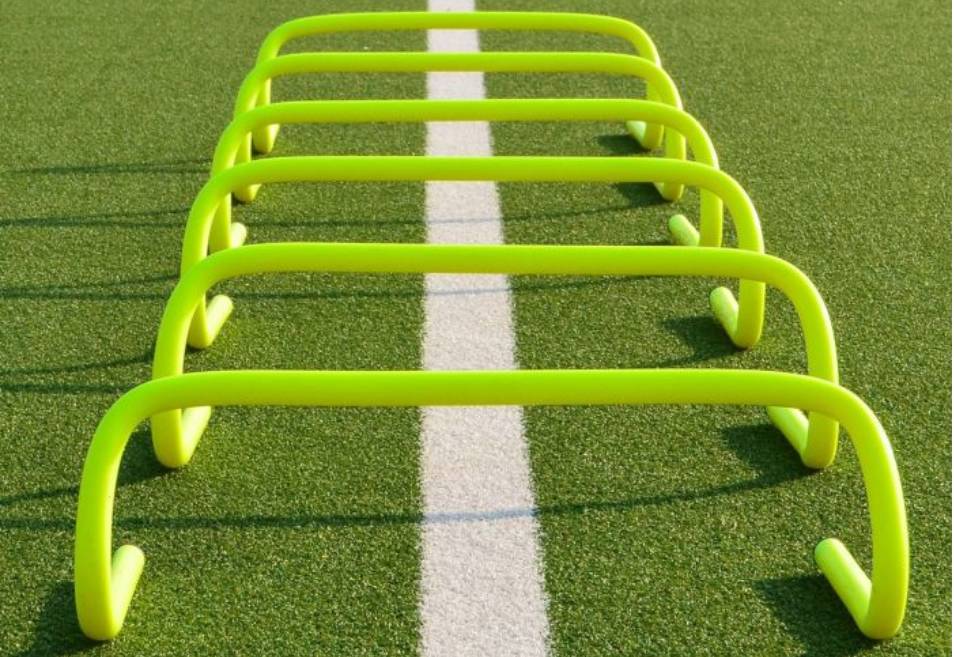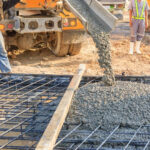Agility is a very common sport used by most professional athletes and even amateur athletes. Speed training is used as an effective way of preparing one’s body for quick reaction time, bursts of speed, quick changes in direction and other elements of agility. But there’s more to speed training than just cones in the shape of an L and some hula hoops; nailing your speed training workouts requires precise planning. This is why you need to read a guide on how to set up your speed training hurdles so that you can use them efficiently!
What are Speed Hurdles?
Speed Hurdles are a great tool for agility training. They allow athletes to practise their agility skills in a safe and controlled environment. By using adjustable speed hurdles, athletes can work on their quick reflexes and fast foot movement. Speed Hurdles also provide an entertaining workout for spectators.
Types of Agility Training
Agility training can be done with a variety of equipment, including small hurdles, large hurdles, tunnels, and poles. The type of agility hurdle you choose depends on the skill you are trying to improve.
Small Hurdles: These can be used for skills such as picking up items, running between obstacles, and turning around quickly. They are often the easiest type of hurdle to using and are perfect for beginners.
Large Hurdles: These are best for tasks such as jumping over them or running through them. They can also be used for advanced training, such as when you want to improve your speed.
Tunnels: These are very similar to large hurdles, but they are shorter and have a slanted top. This makes them good for improving agility skills that require you to go under obstacles or run through small openings.
Poles: Pits at either end of a long stick make this obstacle an easy way to train your agility skills. You can use poles for things like holding onto while you jump or spinning around.
Types of Speed Training
There are many different types of speed training available to athletes, each with its own benefits. The most common types are acceleration runs, deceleration runs and jumping/running workouts.
Acceleration runs are used to improve speed and power. They consist of a series of short bursts at maximal effort followed by a gradual jog or walk. Deceleration runs focus on slowing down the runner gradually instead of abruptly stopping them. This type of run is useful for improving endurance and reducing the risk of injury. Jumping/running workouts combine elements of both acceleration and deceleration running, working the legs and cardiovascular system simultaneously. They’re perfect for athletes who want to build speed and power while keeping their cardio health.
No type of speed training is better than another; each has its own specific benefits that can be harnessed by athletes seeking to improve their performance. Experiment with different types of training to find which one works best for you and your goals!
How To Use Hurdles to Improve Your Speed
Gallops are one of the most common exercises used to increase agility, speed, and power. Some people believe that galloping on a flat surface is the best way to increase speed, while others believe that using hurdles can improve acceleration and agility.
How do you use hurdles to improve your speed? First, always make sure that your footing is secure before beginning any agility exercise. Next, find the right size hurdle for your training level and agility goals. Hurdles vary in height and width, so it’s important to find one that fit your body weight and abilities. Finally, use caution when jumping over a hurdle: Make sure to clear the obstacle with plenty of space to spare!
Conclusion
Agility training is an important part of any fitness routine, but it can be difficult to choose the right hurdles for your own. In this article, we will discuss the different types of speed hurdles and how to use them for the best outcome in agility training. By following these simple tips, you can help your dog become faster and more agile while having a lot of fun!



